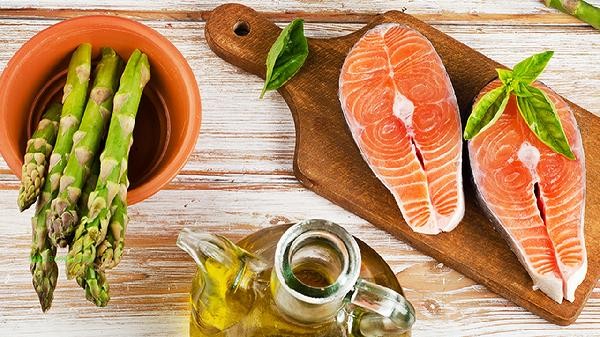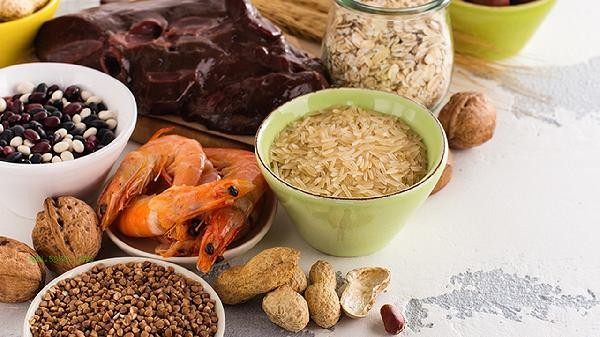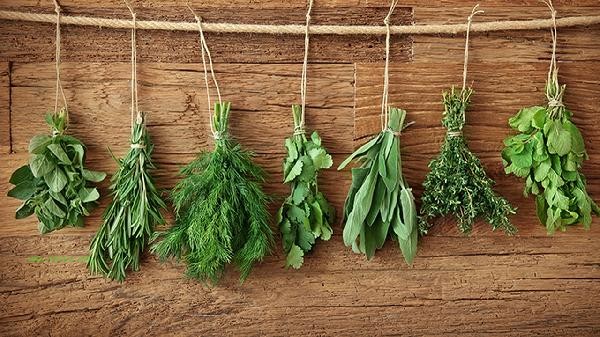Fruits rich in vitamin C mainly include fresh dates, kiwis, strawberries, citrus fruits, and lemons, while vegetables such as broccoli, bell peppers, bitter gourd, mustard greens, and pea seedlings have higher content. Vitamin C is an essential water-soluble vitamin for the human body, which has antioxidant, collagen synthesis promoting, and immune enhancing effects.

1. Fruit
1. Fresh Jujube
Fresh jujube is a fruit with extremely high vitamin C content, containing about 200-500 milligrams per 100 grams of flesh, far exceeding ordinary citrus fruits. Vitamin C in fresh jujube is mainly reduced, with high bioavailability, but it should be noted that the sugar content of fresh jujube is high, and diabetes patients should control their intake.
2. Kiwi
Kiwi has a vitamin C content of about 60-90 milligrams per 100 grams, and is also rich in dietary fiber and potassium elements. Its unique kiwi protease helps with protein digestion, but some people may experience slight stinging sensation in the oral mucosa after consumption, which is a normal phenomenon.
3. Strawberries
Strawberries contain about 50-80 milligrams of vitamin C per 100 grams, as well as antioxidants such as anthocyanins. Strawberries have uneven surfaces that are prone to pesticide residue. It is recommended to soak them in diluted salt water and rinse them with running water. People with spleen and stomach deficiency and cold should not consume them in large quantities on an empty stomach.
4. Citrus
Citrus fruits generally have a vitamin C content of 30-50 milligrams per 100 grams, with grapefruit and orange having higher levels. The white orange peel of citrus fruits contains bioflavonoids, which can promote the absorption of vitamin C. It is recommended to keep it when consuming.
5. Lemon
Lemon has a vitamin C content of about 40 milligrams per 100 grams. Although it is not as good as the previous fruits, its sour taste can stimulate saliva secretion. Lemon slices should not be soaked in water at a temperature exceeding 60 ℃, as high temperatures can damage the structure of vitamin C. Those with excessive stomach acid should dilute and drink.

2. Vegetables
1. broccoli
broccoli has a vitamin C content of about 90 milligrams per 100 grams, making it one of the best cruciferous vegetables. The glucosinolates it contains are converted into anti-cancer substances during chewing. It is recommended to control the blanching time within 2 minutes to reduce nutrient loss.
2. Red bell pepper
has a vitamin C content of up to 130 milligrams per 100 grams, making it the king of vitamin C in vegetables. Its rich beta carotene requires oil to help absorb, making it suitable for quick stir frying or cold mixing with olive oil.
3. Bitter melon
Bitter melon has a vitamin C content of about 60 milligrams per 100 grams, and its unique bitter melon glycoside component helps regulate blood sugar. Blanching or salting can reduce bitterness, but it may lose some vitamin C. It is recommended to stir fry quickly over high heat to preserve nutrients.
4. Mustard
Mustard has a vitamin C content of about 50 milligrams per 100 grams, and its calcium content is also prominent. Its spicy ingredients have an appetizing effect, and pickled mustard greens will partially lose vitamin C. Fresh mustard greens are more suitable for supplementing vitamin C.
5. Pea seedlings
Pea seedlings have a vitamin C content of about 40 milligrams per 100 grams and are rich in chlorophyll and plant protein. As a sprout vegetable, it is recommended to choose stems and leaves that are fresh and tender. If cooked for a long time, they may turn yellow and soften. It is recommended to add them to the soup and heat them slightly before serving.

It is recommended to prioritize fresh fruits and vegetables for daily vitamin C supplementation. Eating fruits and vegetables of different colors in combination can provide more comprehensive nutrition. Vitamin C is easily damaged by heat and oxidation. Vegetables are recommended to be stir fried over high heat, steamed, or eaten raw. Fruits should be consumed as soon as they are cut open. Special populations such as kidney stone patients need to control the dosage of vitamin C supplementation. Long term high-dose consumption of vitamin C supplements may increase the risk of urinary tract stones. Measures such as using stainless steel cookware during cooking, avoiding alkali addition, and reducing exposure time after cutting and blending can help preserve vitamin C in food.



Comments (0)
Leave a Comment
No comments yet
Be the first to share your thoughts!